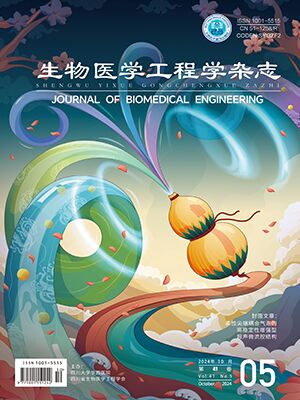The locking mechanism between bracket and shape memory alloy (SMA) archwire in the newly developed domestic orthodontic device is the key to controlling the precise alignment of the teeth. To meet the demand of locking force in clinical treatment, the tightening torque angle of the locking bolt and the required torque magnitude need to be precisely designed. For this purpose, a design study of the locking mechanism is carried out to analyze the correspondence between the tightening torque angle and the locking force and to determine the effective torque value, which involves complex coupling of contact, material and geometric nonlinear characteristics. Firstly, a simulation analysis based on parametric orthogonal experimental design is carried out to determine the SMA hyperelastic material parameters for the experimental data of SMA archwire with three-point bending. Secondly, a two-stage fine finite-element simulation model for bolt tightening and archwire pulling is established, and the nonlinear analysis is converged through the optimization of key contact parameters. Finally, multiple sets of calibration experiments are carried out for three tightening torsion angles. The comparison results between the design analysis and the calibration experiments show that the deviation between the design analysis and the calibration mean value of the locking force in each case is within 10%, and the design analysis method is valid and reliable. The final tightening torque angle for clinical application is determined to be 10° and the rated torque is 2.8 N∙mm. The key data obtained can be used in the design of clinical protocols and subsequent mechanical optimization of novel orthodontic devices, and the research methodology can provide a valuable reference for force analysis of medical devices containing SMA materials.
Citation: DAI Qingyuan, JI Li, HUA Jiahao, LIANG Zhenyu, YU Jianwen, CHEN Taicong. Design of nonlinear locking mechanism for shape memory alloy archwire of miniature orthodontic device. Journal of Biomedical Engineering, 2024, 41(4): 766-774. doi: 10.7507/1001-5515.202306051 Copy




